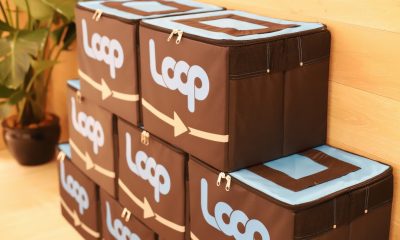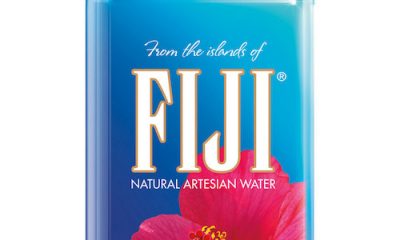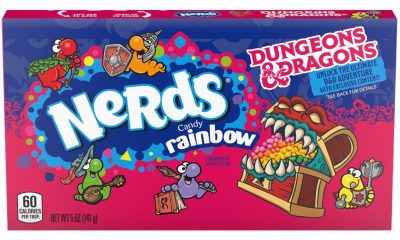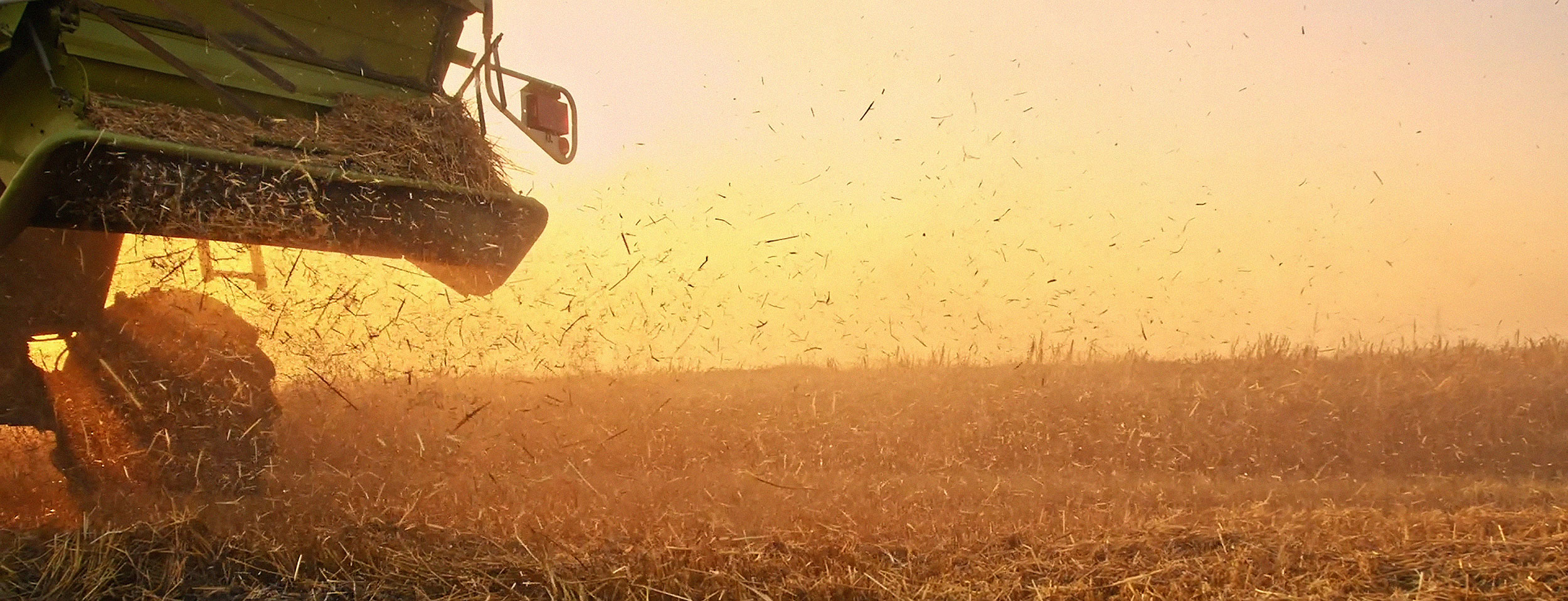
Harvesting Fierce Ideas
Strong core values and a powerful innovation strategy help AB InBev build a better six-pack.
Published
3 years agoon
WITH A BRAND PURPOSE as grand as “bringing people together for a better world,” Anheuser-Busch InBev is making the investments and taking the risks. Its bold initiative starts with AB InBev’s Global Innovation and Technology Center (GITEC). Keenan Thompson, global director of innovation and packaging at AB InBev, explains, “It’s the hub of creating technology platforms, which bring the company into the future and really set us apart from our competitors.”
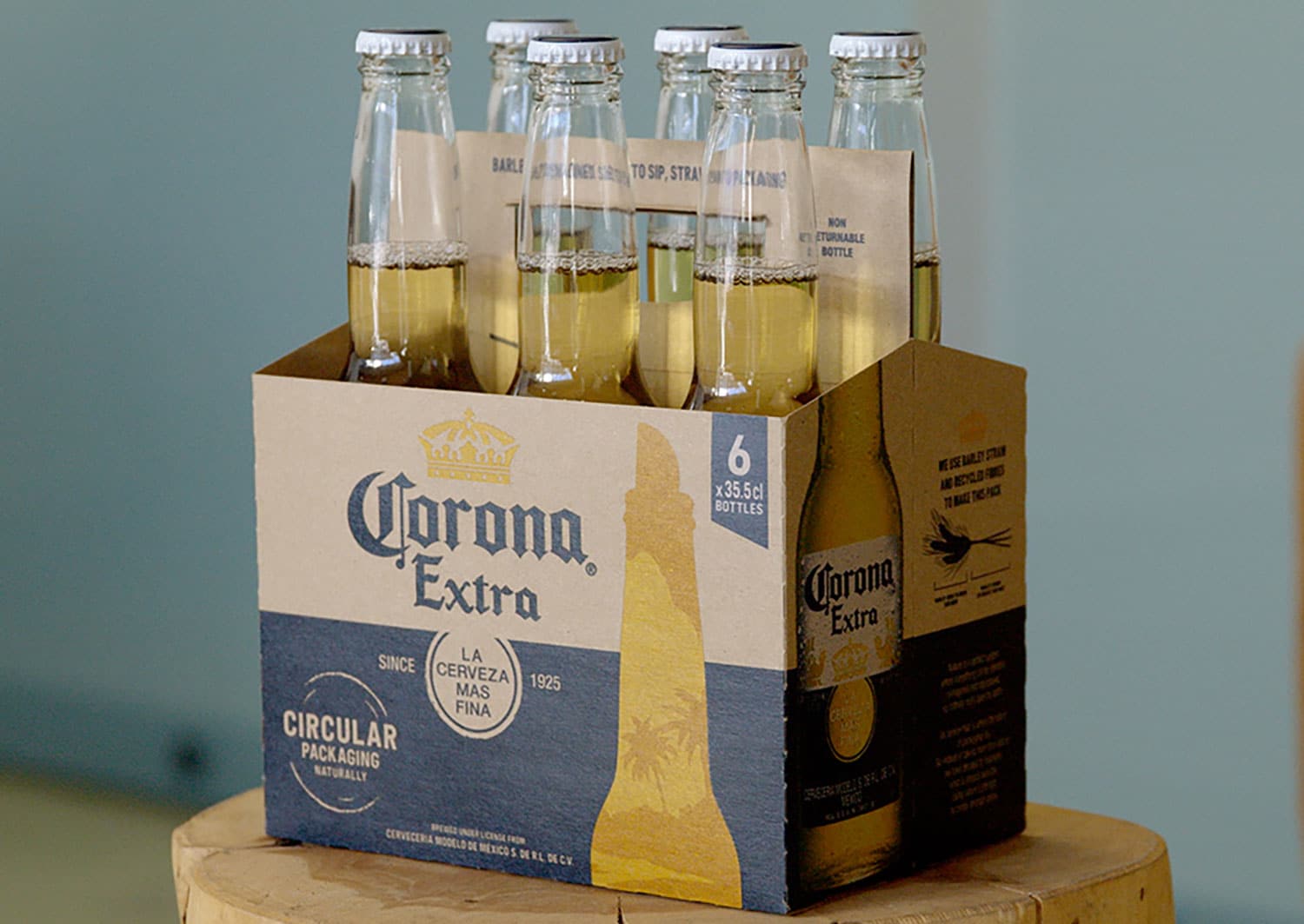
Eco badge: The Circular Packaging Naturally badge helps eco-conscious shoppers quickly identify the product and packaging as supporting their ideals.
Thompson is one of more than 120 innovators hailing from 20-plus countries, who are working at GITEC to advance AB InBev’s beverage brands. These innovators are re-imagining the brewing process, revolutionizing packaging and re-examining all parts of the brand’s work to invent new ways to be more sustainable. The global innovation team looks at everything from the yeasts used to brew its beers to the substrates used for AB InBev’s beer brands’ six-packs.
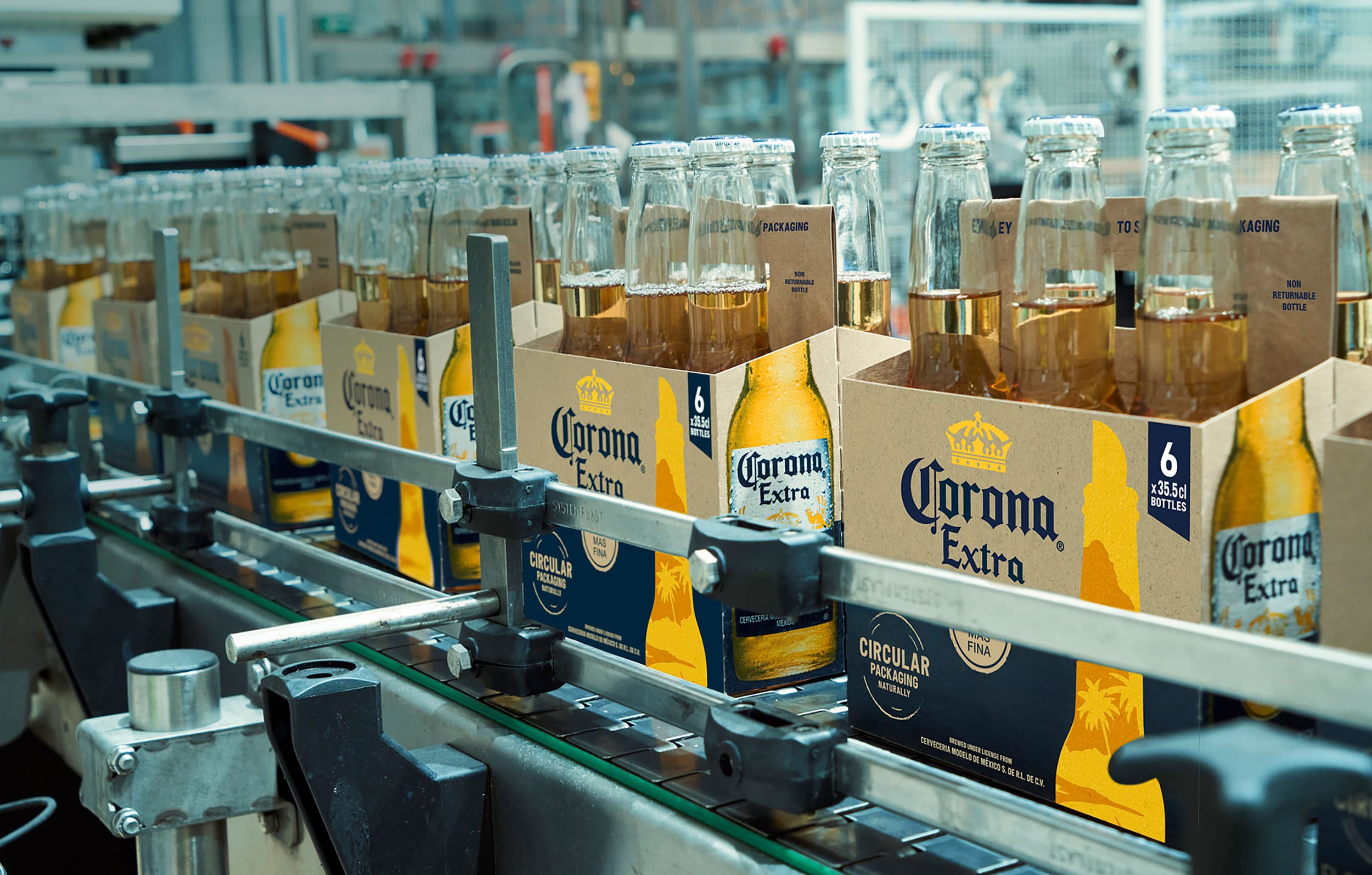
Strength in performance: The new eco six-packs on a packaging line
Giving New Life to Spent Grain
Thompson played a critical role in the latter project as lead for secondary packaging innovation at GITEC. “This has been in development over the past three years,” Keenan remarks. The ground-breaking technology changes how barley is used in AB InBev’s product and packaging development processes. Taking spent grain and giving it new life as a sustainable packaging solution.
Cedric Verstraeten, global director of value creation, procurement and sustainability at AB InBev, details barley’s role in the traditional process. “Our farmers grow our barley to make the great beer that we have,” Verstraeten explains. “[After the grain is used for brewing], they’re left with straw.” Thompson adds it was “a lot of barley straw. People were burning it; people were tilling it back in the fields; people were leaving it on the fields.
“That made the GITEC team ask, ‘What if we could take excess straw or any agricultural leftovers and find a use for them?’” Thompson explains. “These types of projects are my favorite because they can be scaled; they will have a large positive impact on the end consumer and the future of the industry.”
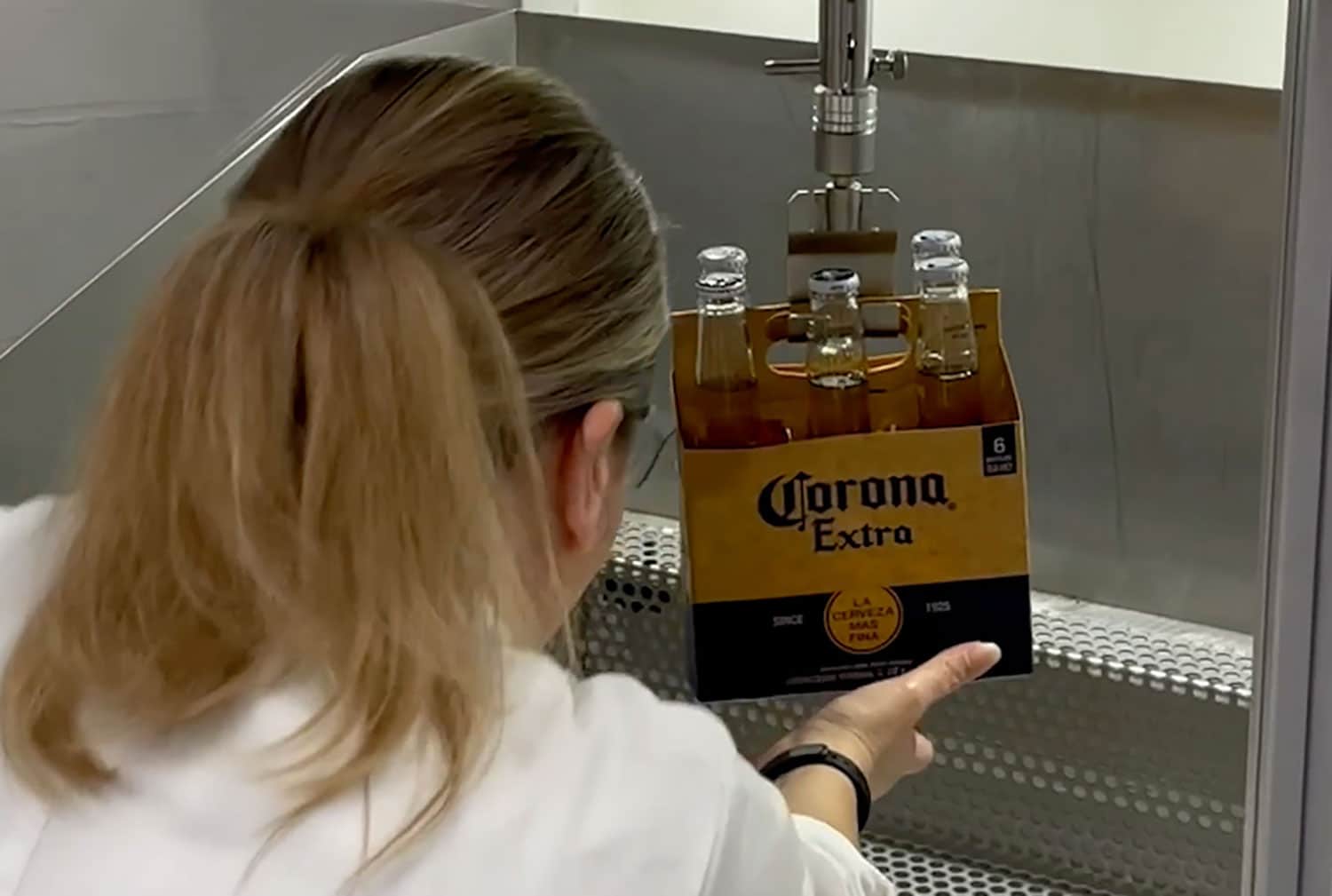
The new packaging has better eco credentials strength enabling it to perform well in production and on shelf.
Higher Performance, Smaller Eco Footprint
AB InBev is working with Sustainable Fiber Technologies (SFT) to turn the barley straw that would have become agricultural waste into wood-like fibers used to manufacture the paperboard for multi-pack carriers. SFT founder and CEO Mark Lewis explains the converting process, “When we put this waste material through a technological breakthrough process that we developed to make paperboard for six-, 12- and 18-packs, we found that the quality surpassed that of the 100% wood-based packaging [used traditionally].”
AdvertisementBXP editors suspect that the proprietary process described by Lewis is SFT’s Phoenix process. Phoenix uses a mixture of different types of pulp to create products with performance characteristics comparable to those that are virgin hardwood-based and superior to those currently available through recycled fiber technologies. Phoenix is known to use as little as one-tenth the water of a traditional wood pulping process, when done under ideal conditions. Supporting this theory are statements from AB InBev noting that the Corona Barley project’s pulping process uses 90% less water in addition to less energy overall and has fewer harsh chemicals.
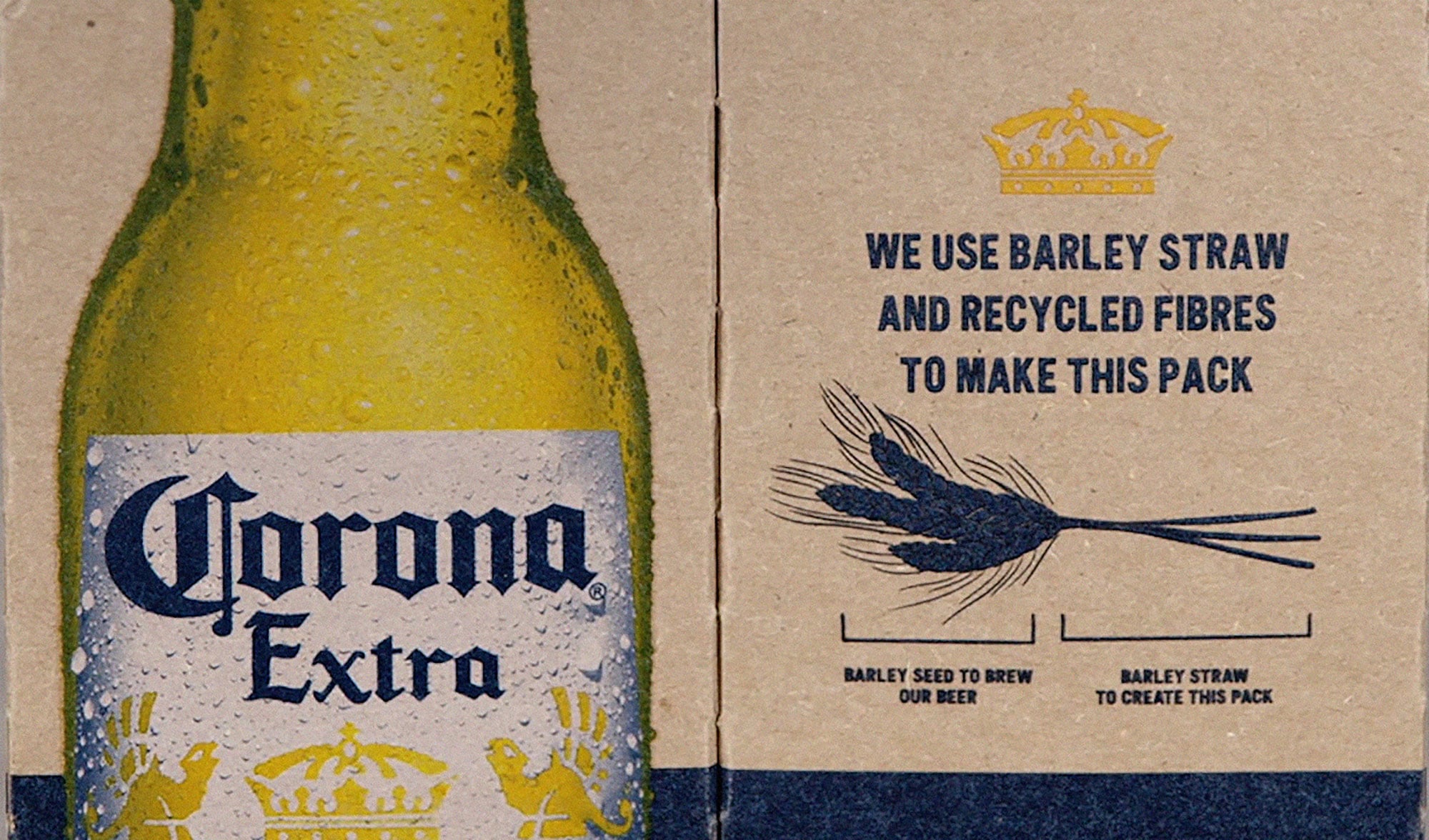
A smart graphic quickly communicates the eco benefits of using barley straw to create the packaging.
Natural Fit for the Corona Brand
Thompson adds, “We were incredibly excited to launch this new technology with the Corona brand because the idea of a sustainable circular six-pack is perfectly aligned with Corona’s brand ethos.”
The Corona brand has a long-standing and deep connection with the natural world, which is why AB InBev chose it as the first global brand in the beverage giant’s portfolio to leverage the new technology. “Corona is a brand born at the beach,” Felipe Ambra, global vice president of marketing, Corona, says. “We’re deeply connected with nature and appreciate all that it has to offer, so we want to continue to do our part to protect it. Our deep reverence for nature is what inspires our vision to become a sustainability leader in the CPG industry, because we want everyone to be able to keep enjoying paradise.”
First Step in Global Launch
“Starting with our own packaging, we assessed where we could make changes within our production and supply chains to make a real difference,” Ambra adds. “We are proud to announce this first step in reinventing the future of packaging for our industry.”
Ambra describes the project as a first step because the Corona Barley project initially was a pilot, with 10,000 six-packs rolled out in Columbia in March 2021. The pilot project’s unequivocal success has inspired AB InBev to announce that it will scale the new solution globally.
Onboarding, Pivoting and Evolving
Small-and-scrappy is the type of underdog story that everyone loves to read, so much so that it’s easy to forget that the biggest innovations often come from brands with the financial wherewithal to make serious hard and soft investments. AB InBev’s GITEC has attracted a team of more than 120 innovators to Belgium, where they push the boundaries of what can be done with the smallest parts in its business—the brewer has one of the largest collections of brewing yeast in the world—to packaging technologies. This virtual technological playland for innovators has empowered the company to recruit some of the most well known packaging technology specialists in the world including its global director of innovation, packaging, Keenan Thompson.
While developing this case study, BXP pulled Thompson aside to ask him how he prepares new team members for success, how the GITEC team pivoted during the pandemic and which projects are his favorite.
BXP: How do you and GITEC set up new employees for success?
Thompson: I find that people enter the innovation mindset from a few different main perspectives. To successfully onboard innovators, leaders must approach each of these perspectives differently. For example, an innovator who is a well-rounded problem solver might simply need to be educated about the brand’s challenges and opportunities. Some innovators are experts in a very specific technology, and they should be placed initially in sprint teams focused on a specific goals. Others have excellent project management skills, but need help learning and driving our specific process tools.Leaders can also leverage the teams themselves to help onboard new employees. Get everyone communicating quickly, and team members will build on each other’s skills and knowledge—if the leader has given permission for the team to have fun in the process. Fun doesn’t need to be a silly thing, either. Most people have fun when they are valued, learning and contributing.
BXP: How has the collaborative process changed for you and your team during the COVID-19 pandemic?
Thompson: I went from traveling 70% of my life to traveling zero. That was a shock to my system and my family’s as well! But we all had to figure out how to manage in this new world. At GITEC, we have found plenty of ways to still create new-to-world technologies. We learned how to do virtual machine acceptance tests; we learned how to do fully digital sprint meetings with five to seven different participating cross-functional teams—both internal and external—including staff and plant, agency and engineering, etc. We had to figure it out. There was no other choice. Now we know how to use technology more effectively to collaborate, which will help us innovate in the future.
BXP: How many package design projects have you worked on at AB InBev?
Thompson: Too many to count! What’s been very interesting is how the role of packaging in beverage has evolved over the years. It used to be about graphics. Now we’ve broadened the development scope to encompass materials development, structural design and machine development. There are also plenty of new tools in the toolbox to create better solutions.
BXP: Which projects are your favorite, and why?
Thompson: My favorite projects are the ones that can really scale, the ones I know will have a large positive impact on consumers and the future of the industry, and the ones I know that probably wouldn’t have happened without some instigation—the extra push to make it happen.
13 GRAND AMBITIONS
AB InBev’s ambitious goals are in the double digits to build environmental resilience, reduce the harmful consumption of alcohol and promote inclusive growth and sustainable livelihoods. These ambitions are:
smart agriculture
100% of AB InBev’s direct farmers will be skilled, connected and financially empowered by 2025.
water stewardship
100% of AB InBev’s communities in high-stress areas will have measurably improved water availability and quality by 2025.
circular packaging
100% of the company’s products will be in packaging that is returnable or made from majority recycled content by 2025.
climate action
100% of AB InBev’s purchased electricity will be from renewable sources, and the company will reduce its carbon emissions by 25% across the value chain by 2025.
diversity & inclusion
Continue to foster an inclusive workplace so that underrepresented groups across AB InBev’s different markets are not only represented but can succeed in its business.
engagement & well-being
Maintain high levels of engagement by continuously improving the employee experience. Foster workplaces that support the well-being of AB InBev’s colleagues and enable them to thrive.
workplace safety
Embedding a culture of safety throughout AB InBev’s value chain.

Linda Casey is the editor-in-chief of BXP.
SPONSORED VIDEO
Branding with Ferocity – Thinking Like an Indie Brand
Get a better understanding on how to leverage new technologies to engage and delight shoppers, sustainability’s role in product and package design – being sustainable and premium are not mutually exclusive, plus best practices and tips for collaboration and how to launch new products and refresh existing product line-ups and brands.
You may like
Advertisement
Subscribe

BULLETINS
Get the most important news and business
ideas from BXP Magazine's news bulletin.
Advertisement
